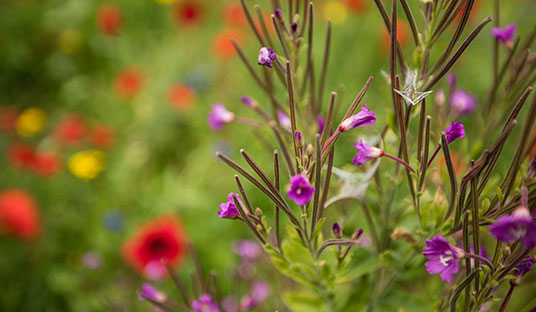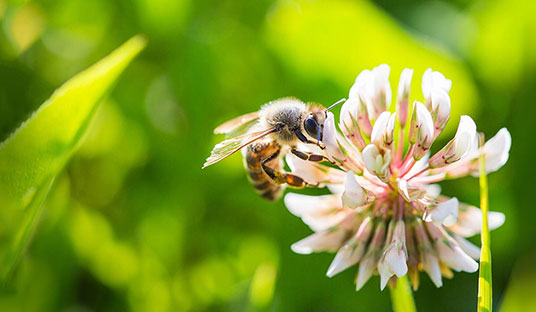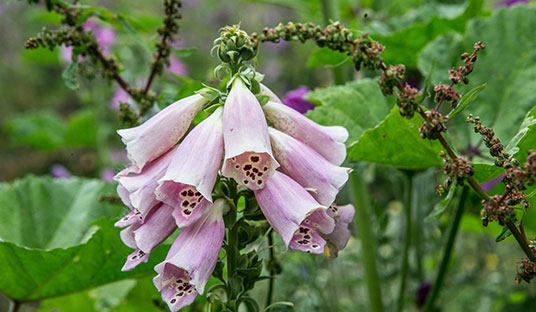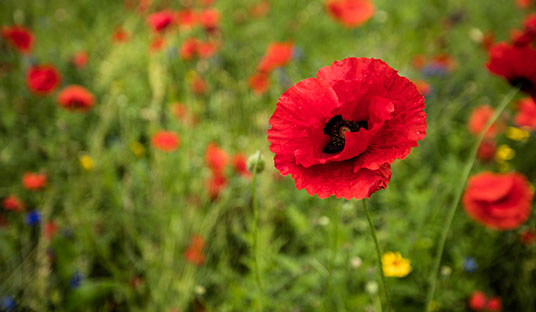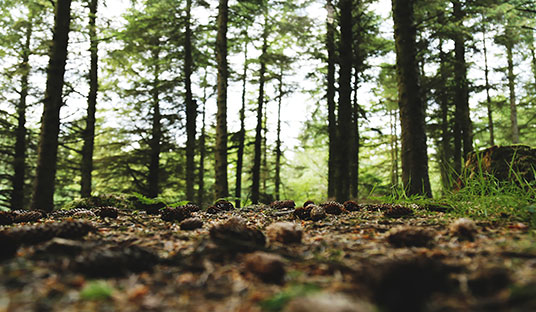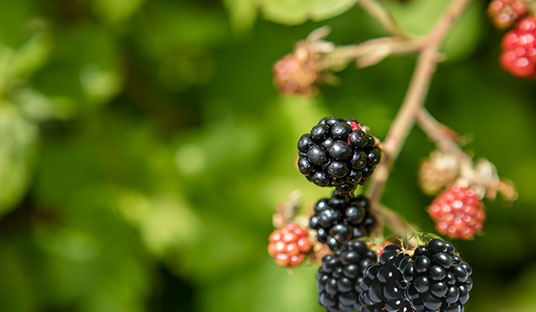When biodiversity takes root, the future grows better.
A healthy ecosystem is the force that keeps the natural world turning, protecting the nutrient cycle and providing food and shelter to essential wildlife. But these ecosystems are fragile and are vulnerable to our modern way of life.
That’s why, across our sites, we have planted biodiversity habitats as part of our Nurture Nature programme. Each one is designed individually to mirror the local ecosystem and include the area’s natural features, creating a rich habitat that flourishes between the farmlands and our facilities. In doing this, a major priority for us has been the protection of natural insect pollinators. They have been in decline in both the UK and Ireland in recent decades, with several bee species now extinct.
30 Hectares
That’s the area our biodiversity corridors cover
The equivalent of 80 soccer pitches
The Super Pollinator
The Red Mason Bee singlehandedly does the pollination work of 120-160 Honeybees
Bat(man) Returns
The endangered Leisler’s Bat is now thriving in large numbers at our Cahir plant
€53 million a year
That’s the value of insect pollination to Ireland
£690 million a year
That’s the value of insect pollination to the UK
£1.8 billion
That’s what it would cost to pollinate UK crops without the help of insect pollinators
30,000 Native Trees
Plus 500 aquatic plant and countless wildflowers have been planted in the Republic of Ireland
Partnering with All Ireland Pollinator Plan
ABP Ireland is part of the All Ireland Pollinator Plan and can map their biodiversity actions on the mapping system.
-
30 Hectares
That’s the area our biodiversity corridors cover
The equivalent of 80 soccer pitches -
The Super Pollinator
The Red Mason Bee singlehandedly does the pollination work of 120-160 Honeybees
-
Bat(man) Returns
The endangered Leisler’s Bat is now thriving in large numbers at our Cahir plant
-
€53 million a year
That’s the value of insect pollination to Ireland
-
£690 million a year
That’s the value of insect pollination to the UK
-
£1.8 billion
That’s what it would cost to pollinate UK crops without the help of insect pollinators
-
30,000 Native Trees
Plus 500 aquatic plant and countless wildflowers have been planted in the Republic of Ireland
-
Partnering with All Ireland Pollinator Plan
ABP Ireland is part of the All Ireland Pollinator Plan and can map their biodiversity actions on the mapping system.
Along our biodiversity corridors, we fitted large bee hotels and butterfly towers, then cultivated areas to encourage natural wildflower flowering and seed setting. And it’s been a remarkable success. For example, ABP Ellesmere is now home to a sizable population of Osmia bicomis, a solitary bee species. As a pollinator, it’s 160 times more effective than the honeybee. While in ABP Cahir, a research project – in collaboration with Limerick Institute of Technology – found that bee species are 90% more likely to be encountered within the biodiversity corridor than outside it. And, for butterflies, the figure is 82%.
Currently, ABP Ireland has set aside one fifth of its overall physical footprint for biodiversity areas. And, across Ireland and the UK, between 1300 and 3780 trees have been planted on each participating site as part of our biodiversity plan.


